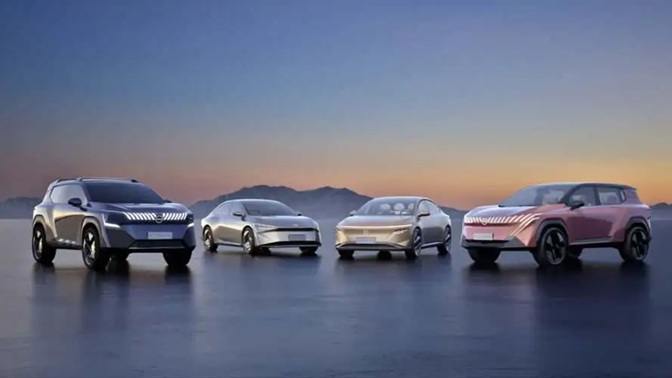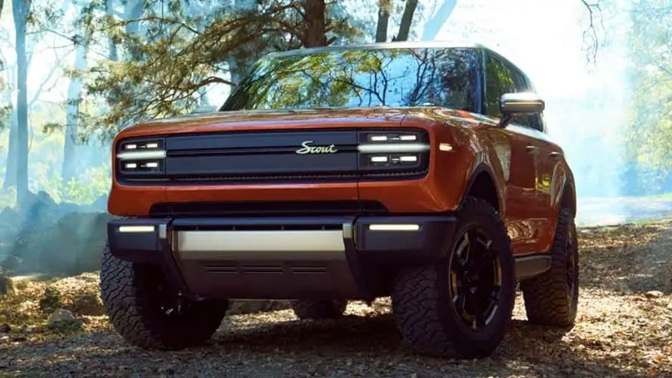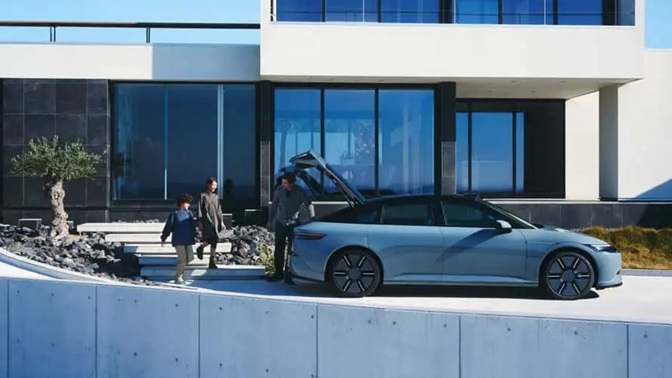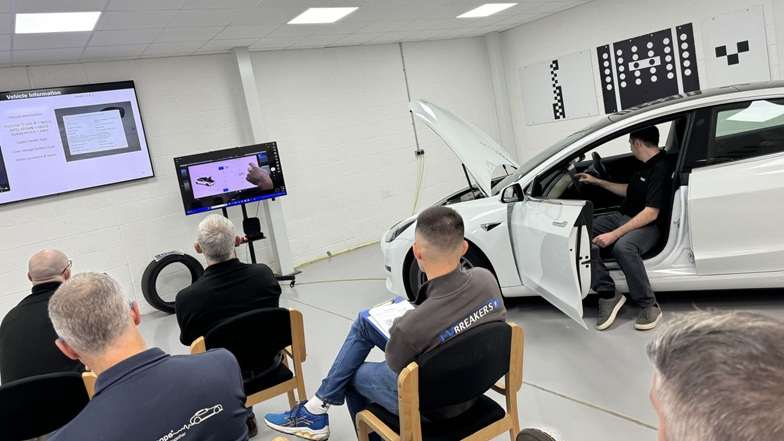The automotive industry is undergoing significant shifts as it adapts to political changes and evolving consumer preferences. With the return of President Donald Trump to office, the rollback of Biden-era fuel economy standards and potential elimination of EV tax credits seem imminent. This pivotal moment has set the stage for two distinct trends among automakers: one group will double down on their electric vehicle (EV) strategies, while others may slow their EV rollouts and prioritize hybrids and traditional gas engines under the guise of “consumer choice.”

These contrasting approaches highlight the challenges and opportunities in the current market. Let’s break down what’s happening and how key players are responding.
The State of EV Development: Leaders and Laggards
EV Leaders Stay the Course
For automakers who have already invested heavily in EV technology, retreating is not an option. Companies leading in areas like battery development, cost reduction, and R&D will continue forging ahead, even if incentives are pulled back. These pioneers understand that the future is undeniably electric and have positioned themselves to maintain their edge regardless of political shifts.
EV Laggards Buy Time
On the flip side, manufacturers trailing in EV development now have a window of opportunity to catch up. Without the pressure of stringent emissions rules or the lure of tax credits, these companies can focus on hybrids and profitable gas models while ramping up their EV readiness. Nissan, for instance, embodies this dynamic as it navigates financial challenges and rethinks its U.S. EV strategy.
Nissan’s EV Dilemma
Nissan, once a trailblazer with the Leaf EV, now finds itself in a precarious position. Facing declining sales, an outdated lineup, and a lack of hybrid options in its critical U.S. market, the automaker’s EV plans have been pushed to 2027-2028. The uncertainty surrounding EV tax credits under the Trump administration further complicates matters. According to Ponz Pandikuthira, Nissan’s chief planning officer for the Americas, the company’s EV production levels in the U.S. will largely depend on whether the $7,500 tax credit remains:
“If they pull back on the $7,500 credit, we know the rate of adoption is going to slow. We certainly don’t want to be in a position of building models there’s no demand for.”
While Nissan plans to produce four new EVs at its Canton, Mississippi, plant starting in 2028, the company is hedging its bets by boosting output of hybrids and plug-in hybrids at its Tennessee facility. Moreover, Nissan’s merger with Honda—expected to be finalized by 2026—could further shape its EV trajectory. Honda’s robust EV development, including its Ohio EV Hub and collaborations with Sony on the Afeela EVs, may provide a lifeline for Nissan as it works to regain its footing.

Kia’s Dealership Transformation
While some automakers grapple with strategy, Kia is tackling another critical aspect of the automotive experience: its dealership network. Over the past decade, Kia has transformed from a budget-friendly brand to a maker of world-class vehicles like the Telluride and EV9. However, its U.S. dealerships have struggled to keep pace with this evolution.
Recognizing the disconnect, Kia has launched a dealership beautification initiative aimed at aligning its retail spaces with its new brand identity. Eric Watson, Kia America’s vice president of sales operations, emphasized the importance of this shift:
“The younger generation—people in their 20s to mid-40s—are gravitating towards Kia, which sets us up well for the future.”
The project includes modernized facilities featuring black accents, wood finishes, digital screens, and expanded service capacities. This investment aims to enhance customer experiences, particularly as Kia attracts wealthier and younger buyers who are cross-shopping with luxury brands like Lexus and BMW.
Despite these advancements, Kia faces challenges in training its dealership staff to match the sophistication of its vehicles. The disparity between the dealership and vehicle experience must be addressed to maintain customer loyalty and support its growing EV lineup.
The Battle Over Direct Sales
Another major battleground in the auto industry is the debate over direct sales versus the traditional dealership model. Tesla, Rivian, and Lucid have popularized direct-to-consumer sales, bypassing dealerships entirely. Now, established automakers like Honda and Volkswagen are exploring similar models for their EV brands.
This shift has alarmed dealership advocates, including Tom Castriota, the new chair of the National Automobile Dealers Association (NADA). Speaking at the organization’s annual conference, Castriota made it clear that dealers will fight to preserve their role in the sales process:
“The franchise model has been the most effective retail distribution network ever in the history of sales. Moves by Volkswagen and Honda to have cars that compete with their own dealers are absolutely disgraceful.”
Dealers are also lobbying Congress to end California’s ability to set its own emissions rules, which influence policies in other states. As the debate continues, the future of car sales in the U.S. may involve a mix of direct sales, franchise dealerships, and online platforms like Hyundai’s partnership with Amazon.

What’s Next for the Auto Industry?
The automotive landscape is in flux, shaped by shifting policies, evolving consumer expectations, and technological advancements. Key trends to watch include:
- Hybrid Expansion: As some automakers delay EV rollouts, expect a surge in hybrid and plug-in hybrid options. These vehicles offer a practical middle ground for consumers seeking fuel efficiency without the range anxiety of EVs.
- EV Leadership: Brands that continue to invest in EV technology will maintain their competitive edge, setting the stage for long-term dominance as the industry transitions to an all-electric future.
- Dealership Evolution: Modernized facilities and improved customer experiences will be essential for dealerships to remain relevant in an increasingly digital and direct-sales-driven market.
- Policy Impacts: The rollback of emissions standards and tax credits could slow EV adoption in the short term but may also provide breathing room for lagging automakers to catch up.
As the auto industry navigates these changes, one thing remains clear: adaptability and innovation will be the keys to success. Whether through cutting-edge EVs, revamped dealership experiences, or new sales models, automakers must evolve to meet the demands of a rapidly changing market.
What do you think about the future of the auto industry? Will hybrids dominate in the short term? Can dealerships survive the rise of direct sales? Share your thoughts below!
PEOPLE WHO READ THIS, ALSO READ




